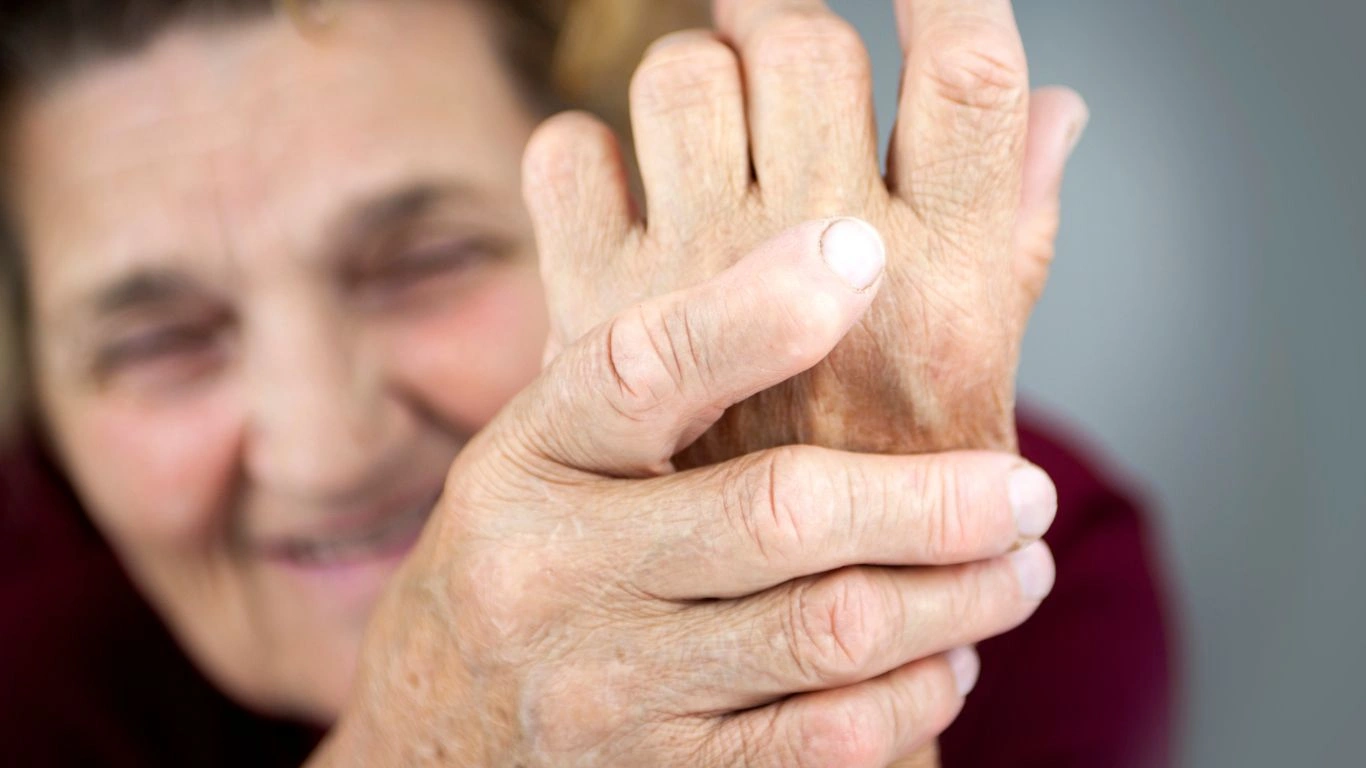Best Knee Support for Rheumatoid Arthritis Pain That Really Works
Living with rheumatoid arthritis (RA) is no walk in the park—especially when the knees are involved. I’ve seen firsthand how this condition can turn something as simple as walking to the kitchen into a major feat. One of the most common questions I get from patients is: what’s the best knee support for rheumatoid arthritis pain? It’s a good question, and trust me, the right support can make a world of difference. Whether you’re trying to stay active or just want to get through your workday with a little less discomfort, the right brace or support can be a game-changer. In this post, I’ll walk you through what really matters—based on both clinical knowledge and real-world feedback from patients I work with every day.
Why Knee Pain is So Common in RA Patients

Knee joints are particularly vulnerable in RA. This autoimmune condition doesn’t play fair—it goes straight for the synovium, the lining of your joints, and causes inflammation that can lead to damage over time. I’ve had patients tell me they wake up with knees that feel like they’ve aged 30 years overnight. That deep, aching stiffness that just won’t quit? Classic RA. And let’s not even get started on the swelling—it’s like someone pumped a balloon into your joint capsule.
Over time, this inflammation can wear down cartilage, damage bone, and cause the joint to become unstable. The knee has a lot of moving parts, and when RA attacks those components, things go downhill fast. That’s where knee supports come in—not as a cure, but as a tool to manage symptoms and preserve function.
What Makes a Knee Support “The Best” for RA?
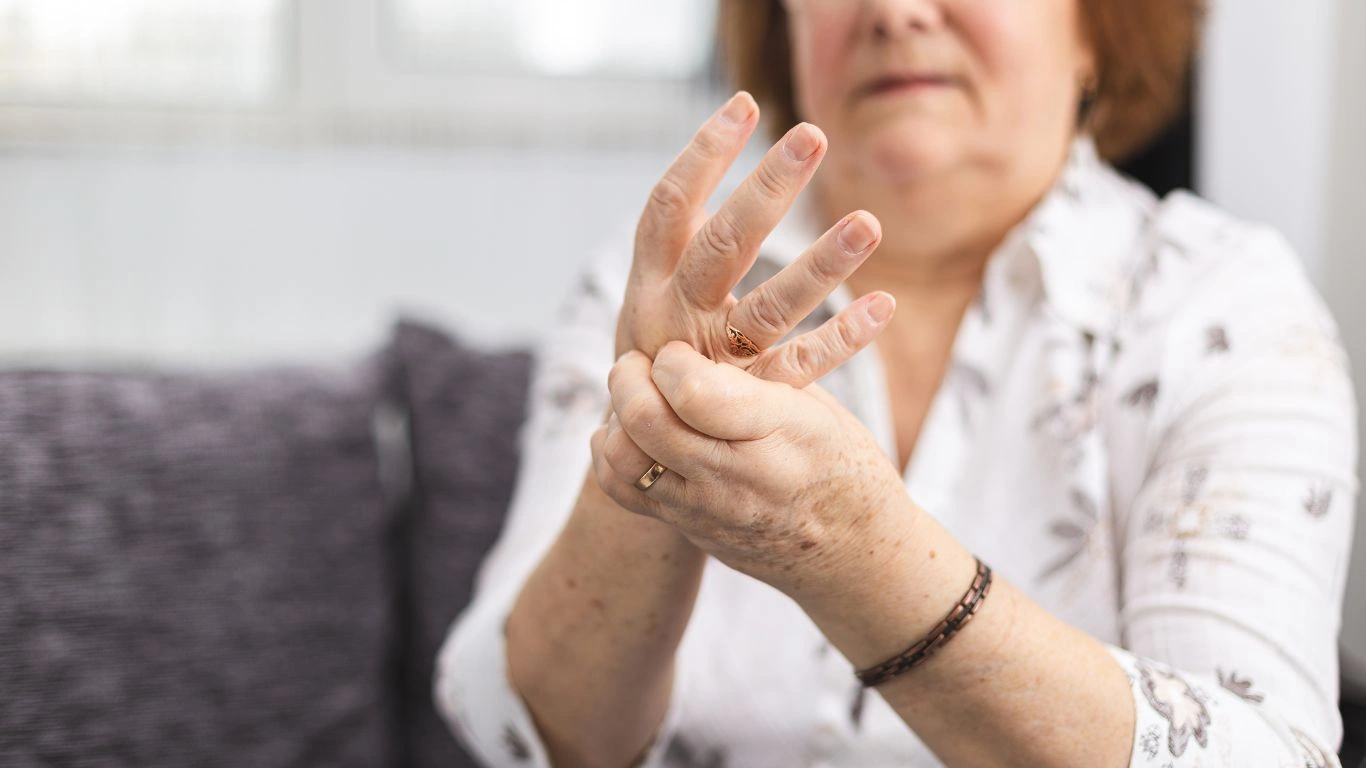
Now, not all knee supports are created equal. And just to be clear, there’s no one-size-fits-all solution here—what works for one person might feel totally wrong to another. So what should you be looking for in the best knee support for rheumatoid arthritis pain?
Comfort and Fit Matter More Than You Think
If your knee brace is digging into your skin or sliding down every time you sit, it’s going to end up in the back of a drawer. Look for soft, breathable materials that don’t cause irritation. I usually recommend adjustable straps because they allow patients to fine-tune the fit depending on how swollen the knee is that day.
Compression is Key
Gentle compression can help reduce inflammation and improve blood flow, which might sound minor—but it’s huge when it comes to day-to-day function. Many of my patients tell me they feel more “secure” and less wobbly just from the added stability compression provides.
Open Patella vs. Closed Patella
This one’s often overlooked. Open patella braces relieve pressure on the kneecap and can help improve mobility, especially during flare-ups. Closed designs offer more warmth and uniform compression, which some people prefer in colder weather or when the pain is more diffuse.
Level of Support: Light, Moderate, or Rigid?
It really depends on your needs. I’ll break it down simply:
- Light support: Great for early-stage RA or mild discomfort. Usually sleeves or wraparound designs.
- Moderate support: These usually include stabilizers on the sides to prevent lateral movement. Ideal if you have some instability but still need flexibility.
- Rigid support: Best for advanced RA with significant joint damage or post-surgical recovery. These are bulkier but offer the most stability.
My Go-To Knee Support Picks as a Rheumatology NP
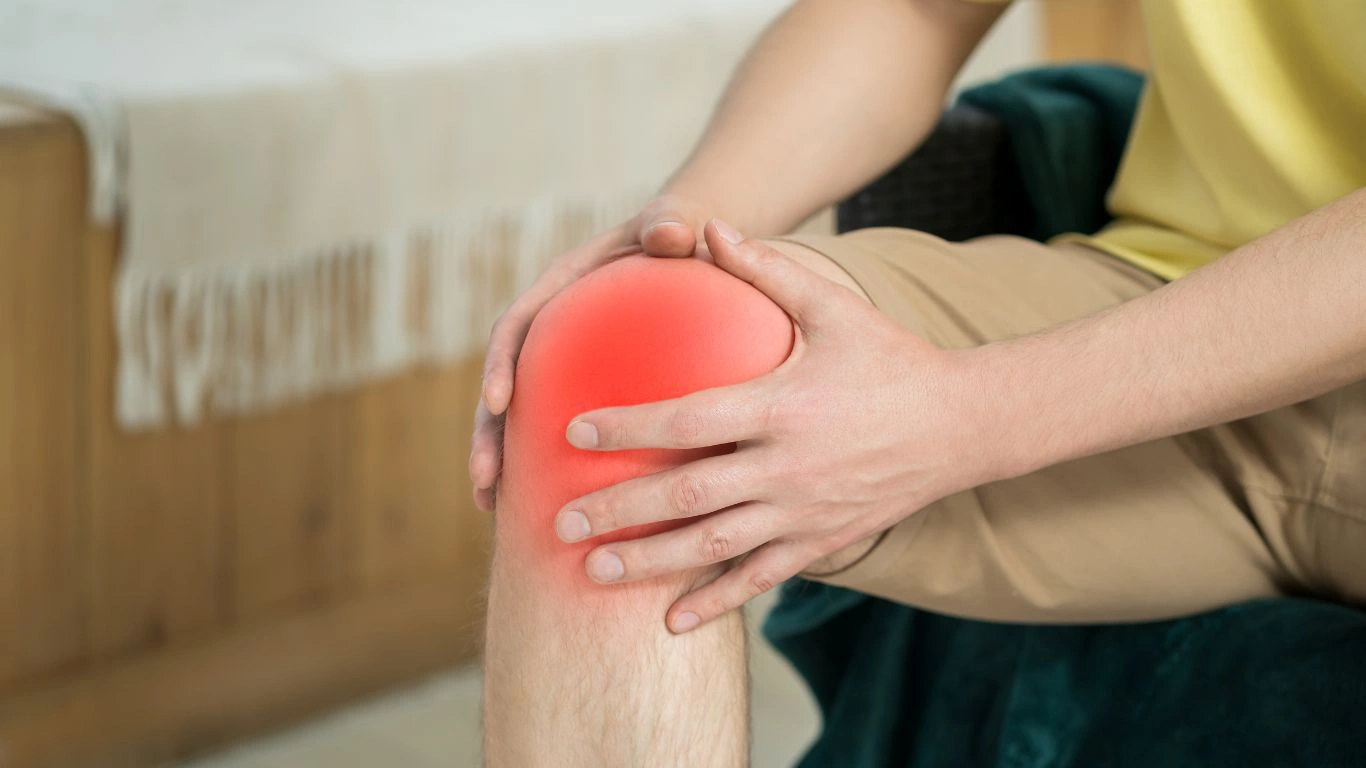
After years of working with RA patients, I’ve seen which supports really make a difference—and which ones just take up space in your closet. Of course, I always remind folks to talk to their provider before trying anything new, but here are a few standouts that consistently get positive feedback:
- Neoprene Sleeves: These are simple, stretchy, and lightweight. Perfect for daytime use when you’re moving around a lot. They provide just enough compression without locking the joint up.
- Hinged Braces: A lifesaver for anyone dealing with joint instability. I often recommend these when the knee feels like it’s going to give out on stairs or uneven surfaces.
- Wraparound Styles with Velcro: Adjustable and easy to get on/off even if your hands are swollen (which, let’s be honest, happens a lot with RA).
What I love about these options is their versatility. Some of my patients even keep a couple on hand—one for active days, one for rest days. It’s not about wearing a brace 24/7; it’s about using the right support at the right time.
When Should You Start Using a Knee Support?
This is a question I get all the time in the clinic. And the truth is, you don’t have to wait until you’re in severe pain to benefit from a support. If you notice occasional stiffness, or if your knee “catches” when walking, that’s a sign your joint needs a little extra love. Think of it as a proactive tool—not a last resort.
I’ve seen patients go from hobbling into my office to walking more confidently with just the addition of a simple brace. It’s not magic, but it helps you move better—and that builds momentum for better joint health overall.
How to Choose the Right Knee Brace for YOUR RA Journey

Let me be real with you—shopping for a knee brace when you have rheumatoid arthritis isn’t just a grab-and-go thing. Nope, it’s more like buying a good pair of walking shoes. You’ve got to consider your symptoms, lifestyle, and even your daily routine. I’ve had patients who do yoga in the mornings and others who sit at a desk all day. Naturally, they don’t need the same kind of support.
And here’s something people often forget: your RA symptoms change over time. What worked beautifully during a mild flare might feel like a medieval torture device during a bad one. So if you’ve got a drawer full of braces you gave up on? Don’t toss them just yet. Sometimes it’s just about using the right one for the right moment.
Key Questions to Ask Yourself Before Buying
- Are you looking for all-day comfort or just support during physical activity?
- Do you need help with stability or mainly compression?
- Is swelling a regular issue? If yes, you’ll want something adjustable.
- Can you easily put it on and take it off, especially on days when your fingers are stiff?
I’ve sat down with so many patients, walked through these questions, and seen lightbulbs go off. It’s not just about buying the most expensive option—it’s about buying smart. And when you make a good choice, your knees thank you.
Real Talk: My Patients’ Favorite Knee Supports
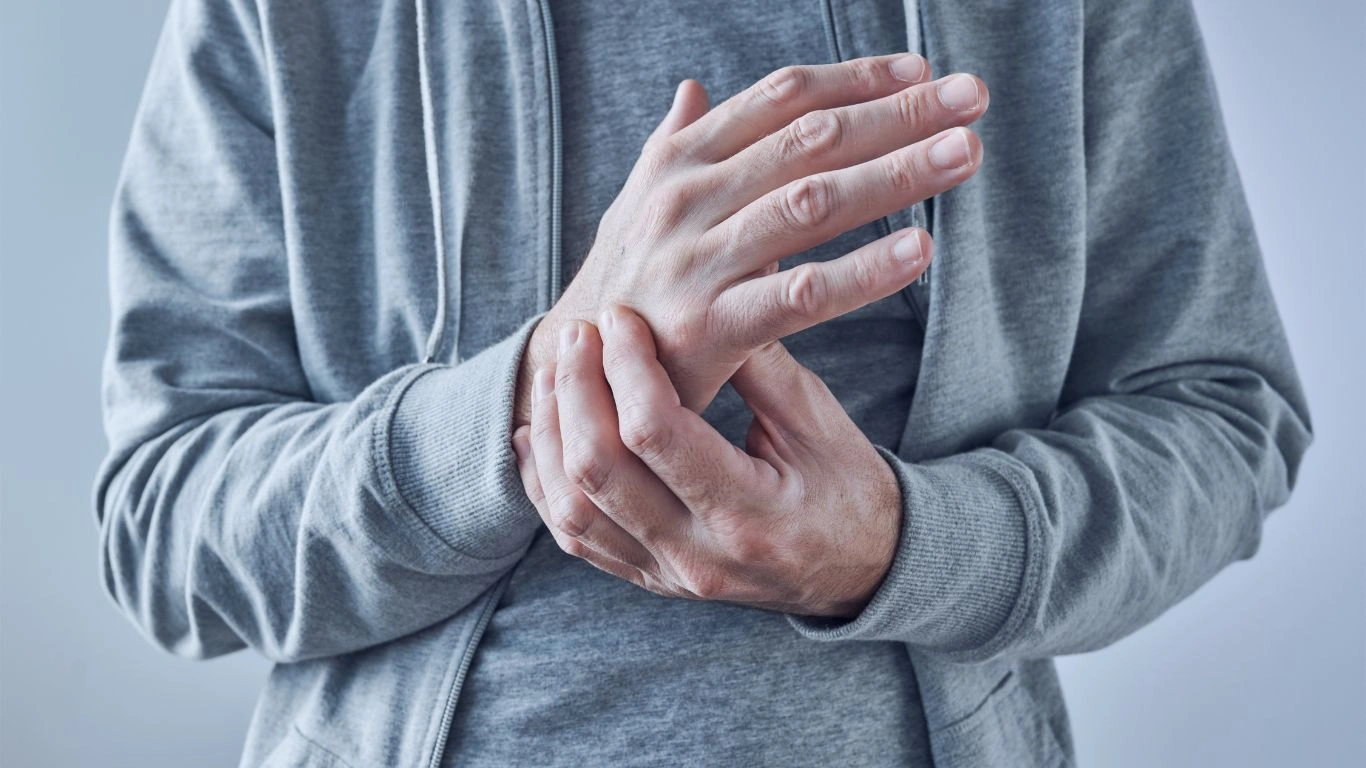
Over the years, I’ve kept informal notes about which knee braces patients rave about—and which ones they regret. Here are a few that consistently pop up in my clinic conversations:
- DonJoy Reaction Web Knee Support: The webbed design might look odd, but it’s actually super breathable and allows good airflow. Great for moderate activity days and offers nice all-around support without restricting movement.
- Bauerfeind GenuTrain: This one’s a bit on the pricier side, but folks love how snug and supportive it feels. It’s great for joint alignment and offers compression that doesn’t feel suffocating.
- Mueller Adjustable Knee Brace: Budget-friendly and easy to use. Several of my older patients like this one because the velcro tabs are easy to grip, even on a bad hand day.
One of my long-time patients, Marsha, swears by the Bauerfeind for her morning walks. She says it’s like giving her knees a warm hug that keeps them from “wobbling like jelly.” And honestly, she’s not wrong.
When to Wear Knee Supports (And When to Give Your Knees a Break)
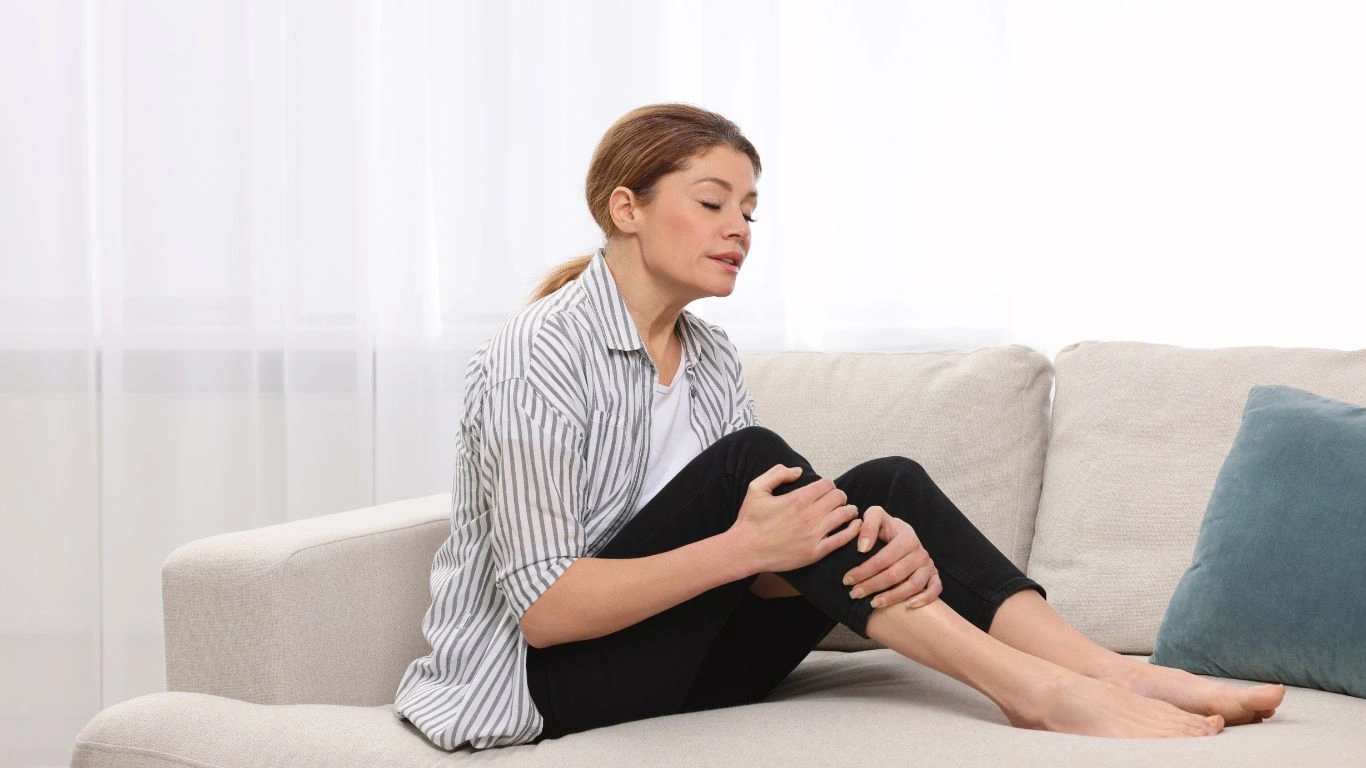
It’s tempting to think more is better—wear the brace 24/7 and you’ll feel like a superhero, right? Not quite. There’s a balance to strike here. As a rheumatology nurse practitioner, I often remind patients that while bracing can be incredibly helpful, your muscles still need to do their job.
If you rely too heavily on external support, your muscles can weaken over time. That’s a slippery slope. So my advice? Use supports strategically:
- During flare-ups: Absolutely. Let the joint rest and heal while minimizing unnecessary strain.
- During activity: Walking, light chores, errands—especially on uneven ground or stairs.
- When traveling: Long car rides or flights are murder on RA knees. Wearing a brace during travel helps with stiffness and swelling.
But take it off during long periods of rest or while you’re sleeping (unless your provider advises otherwise). Let your joint breathe, and allow your muscles to stay engaged when they can. We want support—not dependence.
Other Ways to Boost Knee Health Alongside Bracing
Alright, so you’ve got the brace situation under control. That’s awesome. But let’s not forget the other players in the game. Supporting your knees goes beyond straps and sleeves—it’s about the whole system. Here’s what I usually recommend alongside a good knee brace:
Targeted Physical Therapy
A good PT can work wonders. They’ll teach you how to strengthen the muscles around your knees (especially the quads and hamstrings), improve flexibility, and reduce joint strain. It’s one of the most underused tools in the RA toolbox, honestly.
Anti-inflammatory Lifestyle Tweaks
I’ve seen so many patients improve their joint health just by tweaking their diet and movement habits. A few small wins:
- Adding omega-3-rich foods like salmon or walnuts
- Cutting back on sugar and processed snacks (hard, I know)
- Staying gently active—walking, yoga, swimming
Every little change adds up. And when your knees are screaming, even a 10% improvement can feel huge.
Topical and Oral Pain Relief
Braces are just one piece of the puzzle. On tough days, combining your knee support with an NSAID cream or prescribed oral medication can provide a double dose of relief. Just always double-check with your provider before mixing treatments, especially if you’re on DMARDs or biologics.
And don’t sleep on heat therapy! A warm compress in the morning while you’re sipping coffee can loosen things up before you even strap that brace on. Little rituals like that can make RA feel more manageable and less unpredictable.
Adapting Knee Support for Everyday Life With RA
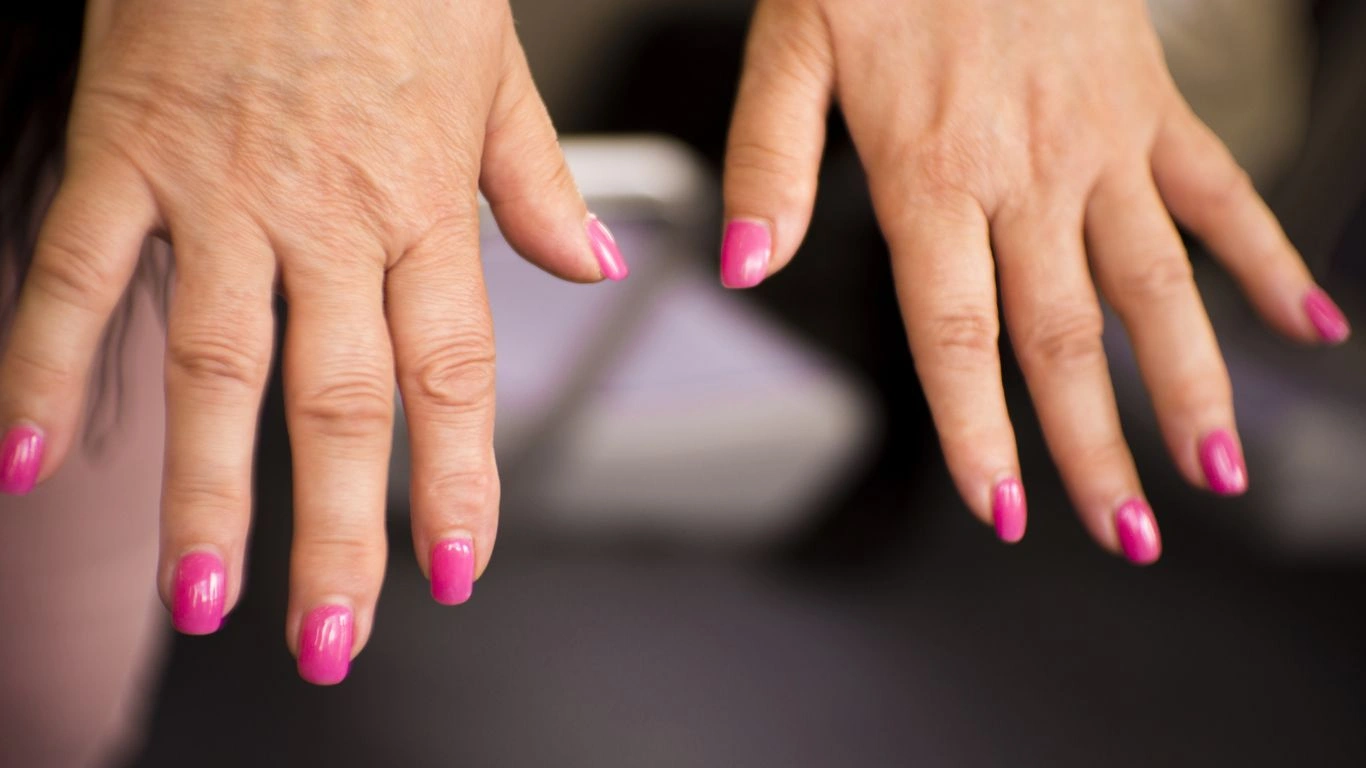
One thing I always try to emphasize to my patients is that the best knee support for rheumatoid arthritis pain isn’t just about reducing discomfort—it’s about making your daily life more doable. Think about the things you do every day that require knee support. Walking the dog, cooking dinner, grocery shopping, even just getting up and down from the couch. RA has a way of making these basic tasks feel like climbing a mountain. But with the right support? It’s like giving yourself a head start.
I had a patient once, Clara, who was convinced that knee braces were just for “athletes or old men with sports injuries.” After she finally gave one a shot during a bad flare, she came back two weeks later and said, “Why didn’t I do this sooner?” She wore it while gardening—something she hadn’t been able to do comfortably in over a year—and said she finally felt “capable” again. That moment stuck with me.
Little Adjustments That Make Big Differences
Sometimes, it’s not about adding more support but using what you already have in smarter ways. For example:
- Keep your brace by the bed: So it’s right there if morning stiffness kicks in.
- Rotate between two different braces: One for high-activity days, one for rest or mild support.
- Pair it with smart footwear: Shoes with shock-absorbing soles can ease pressure on your knees. Trust me, your joints can feel the difference.
These adjustments might seem small, but they can really change how empowered and in control you feel throughout the day. That’s what we want—less struggle, more living.
How to Clean and Care for Your Knee Brace (Without Ruining It)
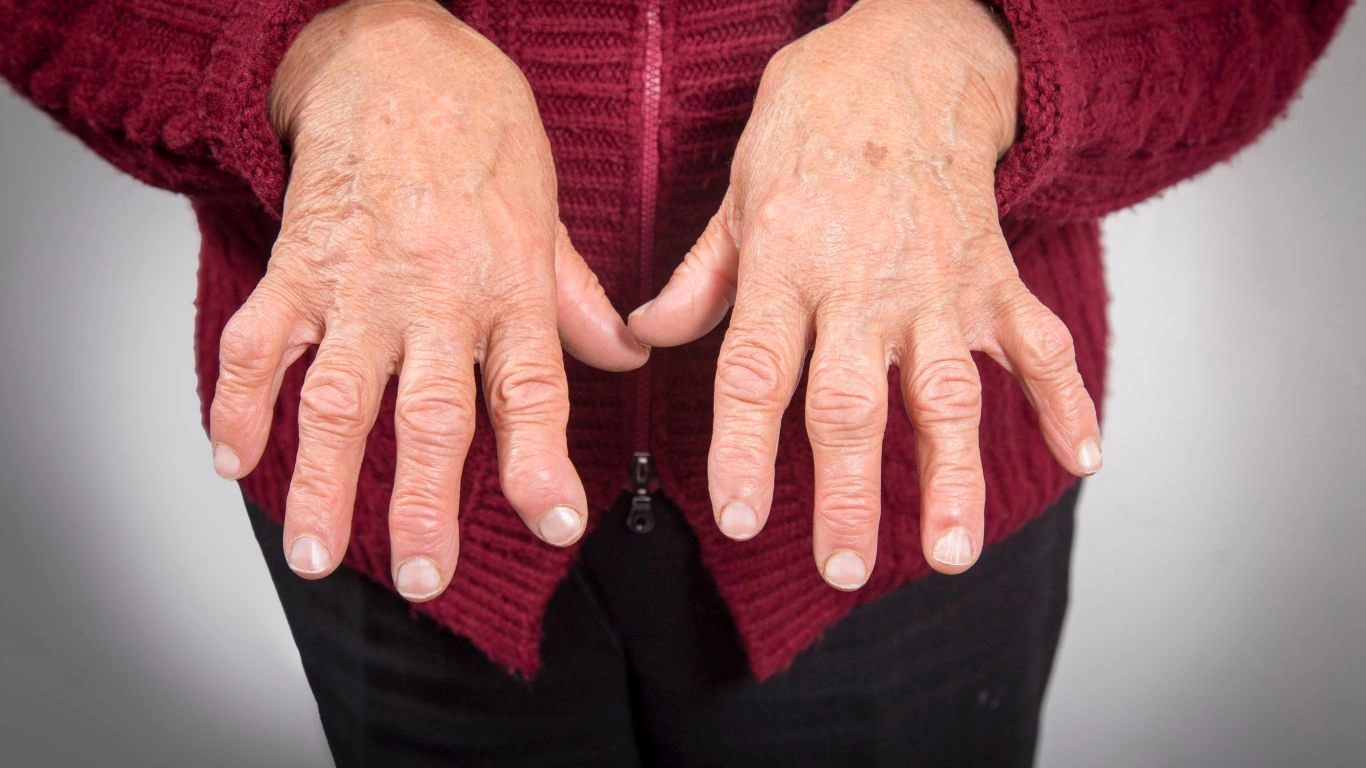
You’d be surprised how many people don’t think about washing their knee brace—until it starts to smell like a high school gym bag. I get it! Life is busy, and when your joints are screaming, cleaning your gear isn’t top of mind. But taking care of your brace helps it last longer and keeps your skin healthy, especially if you’re wearing it a lot.
Simple Cleaning Tips:
- Hand-wash: Most braces do better with a gentle scrub using mild soap and cold water.
- Air-dry only: No dryers, no radiators—heat can warp the support structure.
- Weekly check-ins: Make it a habit to wash it once a week, more often if you’re sweating or active in it.
If you wear your brace daily, I actually suggest rotating between two so you can wash one while wearing the other. It keeps things fresher and gives the material a break between uses.
Talking to Your Rheumatology Team About Knee Supports
As a Rheumatology NP, I cannot stress this enough: don’t go it alone. Your healthcare team is there for a reason. If your knees are giving you grief, let us know! A lot of people think they have to “just deal with it” or that braces are only for people with visible damage on x-rays. Nope. We can help you get ahead of the pain before it becomes debilitating.
Bring your brace to appointments if you’re not sure it’s helping. We can check the fit, suggest alternatives, or even refer you to physical therapy if we think your muscles could use more targeted work. The best results come from a mix of good tools and a personalized plan—and the brace is just one piece of that puzzle.
Final Tips from the Clinic: What I Tell My RA Patients
Let’s wrap this up with some of the advice I find myself giving over and over (because it works!). Think of this as your mini cheat sheet for managing knee pain with RA:
- Don’t wait for a “flare” to use support. Prevention is key.
- Mix up support with movement. Gentle movement nourishes the joint; bracing stabilizes it. You need both.
- Invest in comfort. A good brace you’ll actually wear beats an expensive one that stays in the drawer.
- Monitor your symptoms. If you need more support than usual, that’s worth a check-in with your provider.
Living with RA doesn’t mean giving up the things you love. It means finding ways to adapt, manage, and keep going—on your terms. A well-chosen knee support can be part of that strategy, giving you just enough stability to move forward with more confidence and less pain.
References
Disclaimer
This article is intended for informational purposes only and does not constitute medical advice. Always consult with your healthcare provider or rheumatology specialist before starting any new treatment or using medical devices such as knee supports. Product recommendations are based on clinical experience and general patient feedback, but individual needs may vary.

Tarra Nugroho is a dedicated Nurse Practitioner with a strong foundation in family and preventive care. She brings both compassion and clinical expertise to her practice, focusing on patient-centered care and health education. As a contributor to Healthusias.com, Tarra translates medical knowledge into clear, empowering articles on topics like women’s health, chronic disease management, and lifestyle medicine. Her mission is simple: help people feel seen, heard, and informed—both in the clinic and through the content she creates. When she’s not caring for patients, Tarra enjoys weekend hikes, plant-based cooking, and curling up with a good health podcast.
